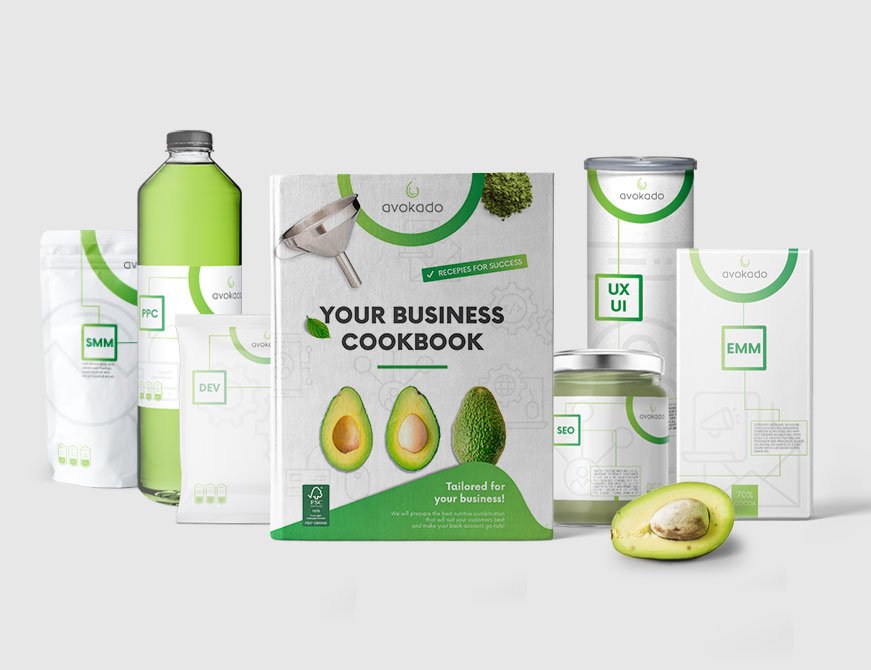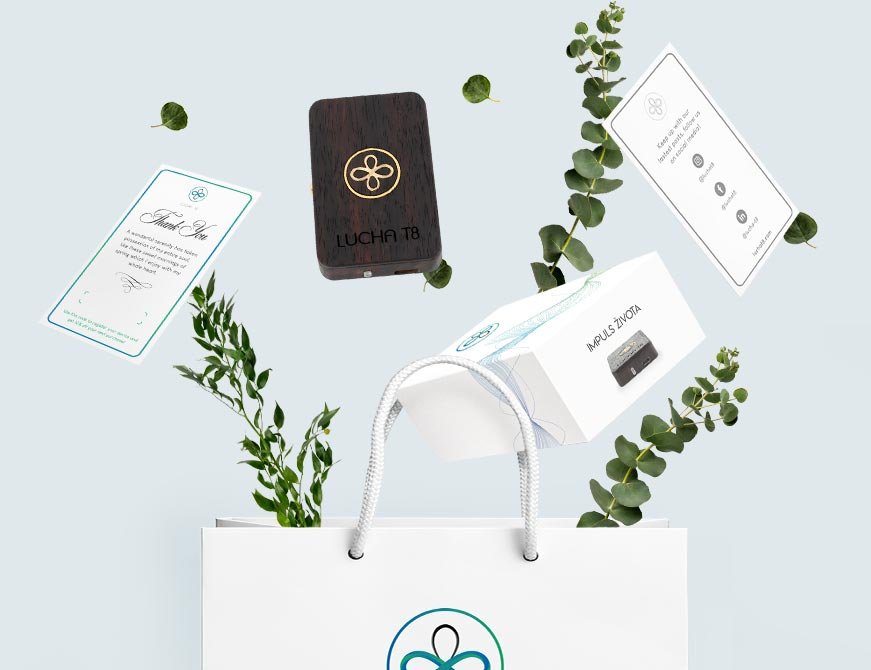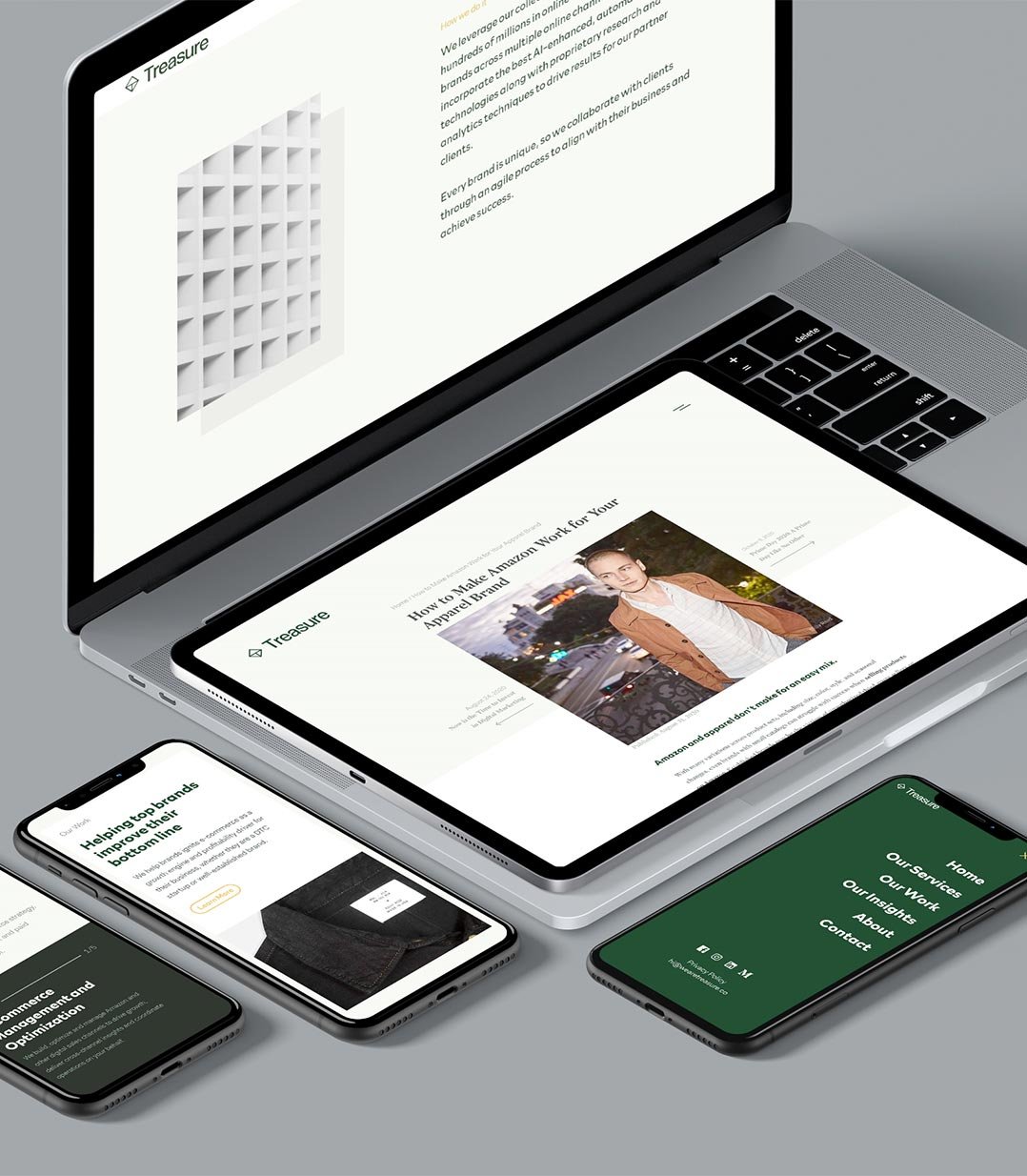🔥
Why and How Much Should You Invest In Good Branding for Your D2C E-Commerce Business
LAST UPDATED 24 May, 2024
POV: You’re a D2C brand that sells a commodity product. You have 1.000.000 competitors. How do you STAND OUT?
If you’ve spent even 5 minutes analyzing the strategies of well-established brands such as Apple, Nike, or even Warby Parker and Dollar Shave Club, one thing is abundantly clear:
The success of a D2C brand starts and ends with one thing – branding.
What Good Branding Brings To The Table
People don’t buy brands, they join brands.
-Marty Neumeier (The Brand Flip)1
Uniqueness and a distinctive brand experience stimulate purchasing decisions and secure revenue increases for your D2C brand. The brand identity should resonate deeply with the target audience, creating a sense of belonging and community.
By selling directly to customers, businesses have complete control over the entire customer journey, from the design and branding of their website (Robertson 2019) to the packaging and delivery of their products (Schwarz 2022). This control enables businesses to create a consistent and positive experience for their customers, which can help differentiate the company from competitors and increase brand loyalty (Indeed 2021).2
Taking these arguments into account, think about how to achieve these goals, considering roles needed, time needed, and management of desired outcomes.
Good Branding Makes Full Control Of Your Brand Easy
By prioritizing good branding, your business will have a foundation to establish a strong market presence at the very beginning. A setup with good branding will make design one of your company values,3 and will enable you to take full control of your brand.
This will allow you to utilize Marty’s ‘People don’t buy brands, they join brands’, which will help you create a loyal customer base.
Spreading the brand’s idea, vision, and values throughout your company from the top-down can help greatly with lower-level decision making and allow synchronicity, generating peace of mind when it comes to actions that can damage the brand image.
Good branding is simple, it speaks directly to its audience, and has a clear purpose. With good branding, full control of your brand will be easy.4
Good Branding – Impact And Opportunity
Skipping the obvious benefits and focusing on what good branding enables, let’s look behind the scenes of various products and businesses to notice the impact that occurs when good branding is properly utilized.
Revenue Impact Through Inherent Perception
A business with mediocre branding might capture a certain market share and have high recurring revenue as a repercussion of high product quality. But this is something that comes after you’ve convinced a customer that your product is right for them. A business with good branding can expect to see a revenue increase by several folds before the customer has the opportunity to discover the product quality.
Consumers are more likely to trust and therefore spend more money on brands that look polished and professional. Why not have this from the start? Working on good branding is equally important as working on the quality of the product, since it will enable a competitive difference and impact revenue increase — jumpstarting sales.
I’m sure you’ve stumbled upon studies where surveyees drink wine blind folded and decide to award the one that feels better to them.5 Even if they are aware that they are being deceived, they have devalued the product quality by choosing any of the two, it’s simply a situation that they’ve been put in.

A very similar situation can occur in a store, where a customer is viewing the same product from two different companies sitting on a shelf side by side. If they have no previous inputs or contact with either brand, they are blindfolded at that very moment. The decision they will make is very similar to the wine tasting study, it will come down to the feeling they have when first encountering the product.
This means that the customer purchasing decision is less based on the quality of the product, more on the idealistic perception of what is the right choice for them.6 Use this well known placebo effect to your advantage, especially if you have the perfect product in your hands.
Premium Pricing Power
Generic branding limits your pricing strategy to compete on price. With good branding, businesses can leverage a premium pricing power, often 2x or even 5x more than their competitors with weaker brand identities, because customers perceive them as higher-value products. Of course the quality of the products has to follow, but before the first purchase the branding has to reflect the price.
Let’s look at Apple’s AirPods and how strong branding contributes to their premium pricing power compared to generic wireless earbuds.
Being a titan in the tech industry, they’re renowned for their innovation, design, and seamless integration across their product ecosystem. Apple’s branding strategy emphasizes simplicity, sophistication, but more importantly user-centric design.
The AirPods, introduced in 2016, quickly became synonymous with wireless audio innovation. Their distinctive design, ease of use, and overall aesthetic got them to this place. Compared to generic wireless earbuds that often compete with them, offer similar technical specifications, however, they lack the brand recognition that comes with the AirPods. As a result, these brands find it challenging to command a similar premium price, often focusing on offering value for money to attract cost-conscious consumers.

Okay, now you’re thinking, it’s easy for Apple, they’ve got a huge fanbase and everything goes, no matter the product. Well, they did get there by valuing their branding strategy and design principles in the first place.
Even if customer loyalty and lifetime value is high, entering the market of sound and headphones was new to them, and at that point there were no guarantees for their success. Following the power of their well-established brand experience they managed to capture a third of the earbud market in less than 5 years (34.4% market share – 2021).7

They figured out a winning formula and they keep on winning.
Customer Loyalty, Lifetime Value, and Emotional Connection
This is where it gets tricky. To back up, everything your company or brand does can reflect on customer loyalty and, therefore, their lifetime value (CLV). This means that keeping this metric increasing without well-thought-out branding is very challenging.
Loyalty is dependent on the differentiation of meaningful attributes of the brand and can dramatically increase CLV as customers develop an emotional connection to your brand because it aligns with their own values. When starting off, and with a modest fanbase, an increase of CLV might hit KPI targets. But, as the brand progresses, and the more customers you have, this metric will start to stagnate. This is where good branding kicks in. Solving a pain point, yes, but creating an emotional connection, well this is the opportunity.
Key is to create the right emotional connection with your customers, for example: After a major bank introduced a credit card for Millennials that was designed to inspire emotional connection, use among the segment increased by 70% and new account growth rose by 40%.8
The more you work on the emotional connection the more chances are of keeping that metric increasing. Looking into your own dataset, and other relevant datasets, you primarily need to learn who your fans are and what rocks their boat. After looking deep into your dataset, create messaging that resonates, visual communication that inspires, and adjacent products that feed into that connection, setting the groundwork for greater customer loyalty and a high CLV.
As customers’ relationships with a brand deepen, they move along the pathway toward full emotional connection. Although they become more valuable at each step, there’s a dramatic increase at the final one: Across a sample of nine categories, fully connected customers are 52% more valuable, on average, than those who are just highly satisfied (image below).

Looking further into challenges, and how to achieve this emotional connection, consider the following top priority motivators:
- Stand out from the crowd
- Enjoy a sense of well-being
- Feel a sense of freedom
- Feel a sense of belonging
- Protect the environment
- Be the person I want to be
- Succeed in life
With a good branding setup, creating an emotional connection can be easier, especially if you have a system in place that collects important data points from your customers to plan the next moves.
Attractiveness to Partnerships and Collaborations
Well-branded businesses are seen as attractive partners because they offer credibility, a loyal customer base, and the potential for mutual growth. While an average brand might struggle to form lucrative partnerships, a well-branded business can attract high-quality brands and establish significant collaborations.
Working together and using each other’s assets is a strategy that should occur at some point in order to skyrocket brand awareness and image. Good branding signals a level of professionalism and success that can make other companies more willing to partner. This credibility can open doors to high-value collaborations that might be inaccessible to generic brands.
Outcomes to consider when partnering are:
- Enhanced credibility and trust
- Access to new markets
- Access to new distribution channels
- Shared values and audience alignment
- Co-branding opportunities
Big brands have already partnered, like Spotify and Starbucks, Nike and Apple, Alexander Wang and H&M, and many more.

GoPro and Red Bull formed a partnership based on their brand synergies in action sports and adventure. Red Bull, known for its energy drinks and sponsorship of extreme sports, and GoPro, famed for its action cameras, teamed up for content production and distribution, leveraging each other’s strengths in marketing and technology. This collaboration allowed both brands to tap into each other’s vast audiences and enhance their brand images.9
Create A Brand That People Want To Join
Good branding transcends recognition. It embodies the essence of what the business stands for, weaving together the threads of quality, trust, and emotional resonance into the lives of its consumers. It’s this strong emotional connection that can transform a one-time buyer into a loyal advocate, driving not only repeat purchases but also organic growth through word-of-mouth.

Good branding in D2C acts as a beacon, guiding consumers through the noise and clutter of the digital marketplace to products and experiences that are authentic, engaging, and aligned with their values.

Good branding walks on the edge, it’s teases the customer to think about the product, to engage and share with their friends and colleagues. It gets you out of your comfort zone to try new things. It changes you to become an early adopter, even though you might have never been one.


Good branding is the cornerstone of differentiation, enabling businesses to stand out by focusing on messaging, crafting stories that speak directly to the hearts and minds of their audience.

Good branding integrates great packaging that enhances the unboxing experience, crucial for driving brand loyalty and recurring revenue. This memorable aspect of customer interaction solidifies a brand’s position as an indispensable asset in the D2C e-commerce landscape.

Implications of a $30K+ Investment in Branding
Investing $30K+ in branding for a D2C e-commerce business is not merely an expenditure but a strategic move that brings together various critical tactics. The execution steps, associated costs, and staffing needs involved in leveraging such an investment effectively need to be considered, perhaps the most important can be time invested, or time lost if unsuccessful.
Execution – Steps, Costs, and Staff
- Brand strategy development – Crafting a detailed brand strategy is paramount. This includes defining the brand identity, voice, target audience, and positioning.
a. Cost – $5,000 to $10,000
b. Staff – Brand strategist, marketing experts. - Visual identity – Creating or updating the logo, color scheme, typography, and other visual brand elements to align with the new strategy.
a. Cost – $10,000 to $15,000
b. Staff – Graphic designers, visual artists. - Website and e-commerce platform re/design – Creating or revamping the website to improve functionality, aesthetics, and user experience.
a. Cost – $10,000 to $30,000
b. Staff – Web developers, UX/UI designers, SEO specialists. - Content creation and messaging – Developing new content and marketing materials that reflect the updated brand, including product descriptions, blog posts, and promotional materials.
a. Cost – $5,000 to $10,000
b. Staff – Content writers, photographers, digital marketers. - Digital Marketing Strategy Revision – Adjusting SEO, social media, email marketing, and PPC advertising campaigns to align with the fresh rebranding efforts.
a. Cost – Ongoing, $2,000/mo to $10,000/mo.
b. Staff – Digital marketing professionals, social media managers, SEO specialists.
Investing $5K or $10K into your brand won’t be enough. Depending on the complexity of your idea or product, be prepared to allocate at least $30K-$60K and 3-6 months in order to get to a point where success can be visible on the horizon. If you dream big you need to go big.
Trust the team or creative agency that you’ve hired to create a memorable brand and get your business to a good starting position for scaling. They are not cheap. Finding the right people to develop the branding is crucial.10
Invest In Good Branding, It’s Worth It
Good branding can be a costly process, but it’s not a commodity, it’s a necessity. Good branding outcomes can vastly outweigh the resources put into it. Choosing to invest into average branding can easily bring you to a make or break situation.
Rather than thinking about this later, think about it sooner. Think about it today. Ensure that you can direct your whole business to match the brand vision. Motivate your teams and create a filter that will set the same course for all of them, creating a compounding effect of the value generated on a daily basis.
Feel free to reach out and book a free consultation.
Sources
1
The Brand Flip, Marty Neumeier
2
Key success factors for Direct-to-Consumer (D2C) Business Models in E-Commerce
3
Design As A Strategy
4
Opportunities And Risks Of Full Brand Control In D2C E-Commerce Business
5
Wine Descriptive Language Supports Cognitive Specificity of Chemical Senses
6
People don't care about your product - the "Lazy, Vain, and Selfish" framework
7
Most popular earbuds December 2023
8
New Science of Customer Emotions
9
Red Bull and GoPro Partnership
10
What To Look For When Hiring A Creative Agency?


